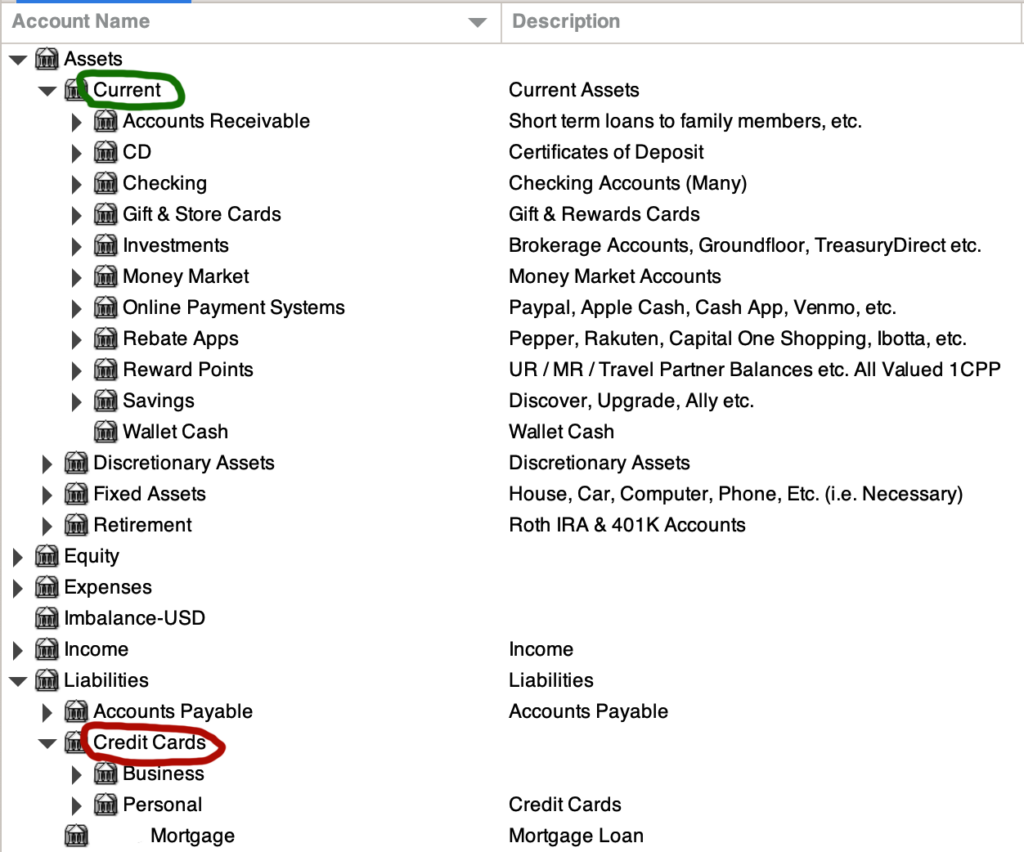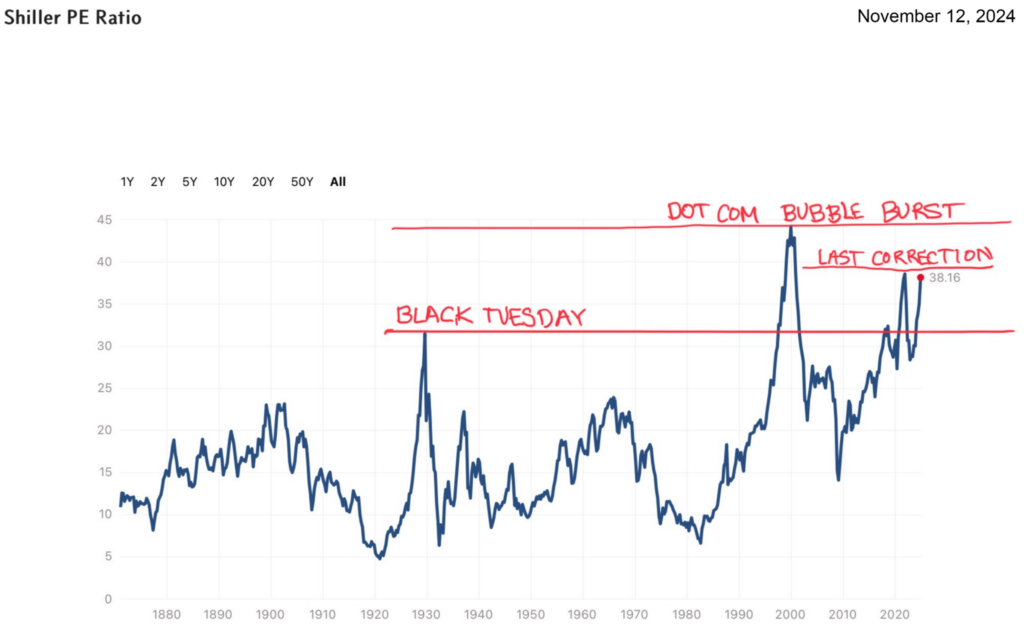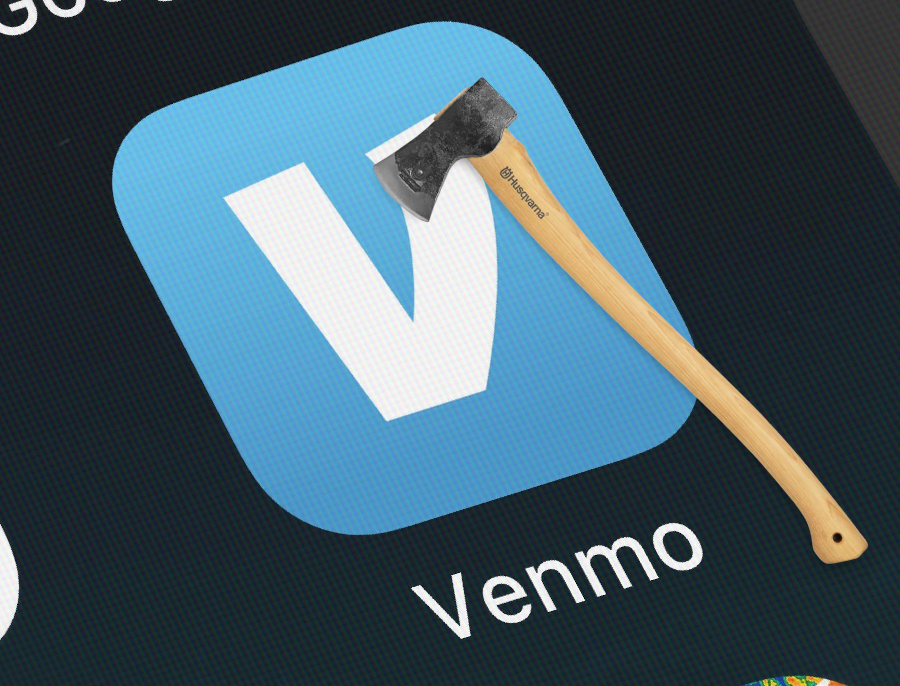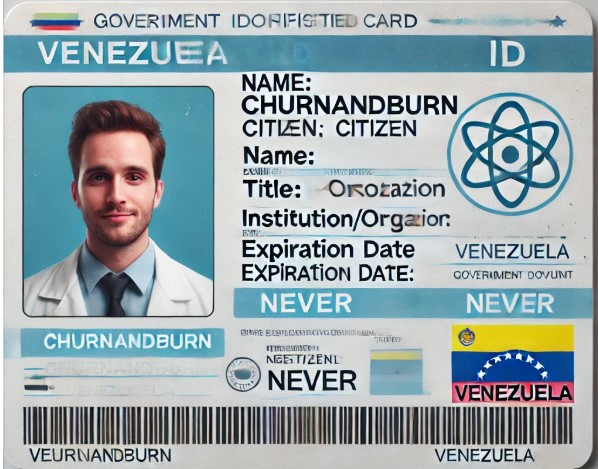EDITOR’S NOTE: I’m on an annual blogging vacation for the last two weeks of the year. To make sure you still have content, some of the smartest members of the community have stepped up with guest posts in my absence. Special thanks to today’s author, MEAB’s P2, for writing this followup to last year’s diary while I’m on vacation. I’ll see you tomorrow on January 1!
I’m a simple girl with simple needs. Like many of us, I like coffee in the morning, yoga in the evenings, and since I teach middle school, I always hope that a day will go by without hearing the words ‘skibbidi toilet’ or ‘hawk-tuah’. It’s not a lot to ask for, and most days two of those three things are usually accomplished. I’ll let you wonder which two. Anyway, as I said, simple.
At least I thought I was simple. Then my husband took me to Europe over the summer.
It was not my first trip to Europe, in fact not even my first trip to Europe this year. And, since I’m married to MEAB, it probably won’t be my last. However, traveling with him has slowly chipped away at my “simple girl” aesthetic, and now I’ve surpassed the scale of “simple girl” to “passenger princess” and I fear I’ve landed firmly at “Bougie Bitch.” Because, my friends, this was the summer I flew Lufthansa First Class.
I’d like you to imagine for a moment, if you will, this school teacher wearing thrifted pants and a Taylor Swift Eras Tour t-shirt arriving to Munich Airport with MEAB. We check in, and the ticketing agent at the counter said “You’ll go to the lounge this way. They’ll take care of you there, and you won’t have to board with all the other people.” I look at MEAB with my eyebrows shooting off my face as I mouth “other people”? He chuckles, because he knows what’s in store.
We are two of four in the entire first class lounge. I’m brought a specialty margarita and given delicious food to eat. There are no babies crying, no jostling for space, none of the hundreds of minor inconveniences that might plague other people when flying. Just simple relaxation.
When the time comes for us to board, we are taken down a secret elevator and passage to our gate (though I’m told in Frankfurt it could have been a ride in a Porsche), where we board our A380. I’ve got my carry on luggage and pink backpack on and looking very much like a thrifty swifty. But no. This girlie goes UPSTAIRS (you guys, planes have stairs!) and I find my seat. A wildly comfortable window seat in first class.
Immediately I’m given the best sparkling wine I’ve ever had. I’d like to call it champagne, but I think it was a sparkling Rosé. Either way, delectable. For the next ten hours I’m feted like a MFing princess. Caviar – check. Alcohol – check. Some of the best food (that’s also gluten free because life) – check. Lay flat bed – check. Pajamas – check.
I’d be remiss if I didn’t discuss the bathroom. It’s literally larger than our main bathroom in our house. Not only that, but stocked with goodies. Mouthwash, facewash, toothpaste, Evian facial mist…I opened all the drawers, took all the pictures. You get the gist. All in all, it was life changing. Exceptional. Luxe. Bougie.
Now, I won’t lie. It wasn’t my first time in international first class. However, the time before had been on American Airlines with a grumpy stewardess who thought gluten free meant I couldn’t have ice cream and an airline meal that was the worst chicken I’ve ever had. It was a truly disappointing experience on AA…not so on Lufthansa.
The Lufthansa flight was my Nexus event. If Loki hadn’t fixed the sacred timeline, it’s very possible that the timekeepers would have popped right out and culled me right there. Because, my friends, this is when I went from a simple girl with passenger princess tendencies to a Bougie Bitch with uppercase Bs.
Don’t get me wrong. I’m still a nice person. I still teach 8th graders American History, I scrape gum off my carpets, learn all the new teen lingo, and yell MAKE ROOM FOR SANTA when two kids start the weird, slow hug that tweens do. I’ll still fly Southwest to get to Mexico, and EasyJet to get to Munich if I need to. But the fact is that I don’t want to. The process of becoming a Bougie Bitch has been slow. So slow that you may not have even noticed if you weren’t looking for it. But that all came to a head this past week. Let me lay the scene.
For Christmas, MEAB took me to Europe. Why? Because this Bougie Bitch loves Europe and I love Christmas and so he took me on a quick tour of Christmas Markets. We went to London, Munich, Salzburg, and Vienna. It was a wonderful trip that culminated in a stay at the Park Hyatt Vienna and some of the most amazing coffee I’ve ever had in my life. We flew Air France home, and had a three hour layover in CDG. Easy right? Should have been. Except…our gate was in the K concourse in 2E.
There’s nothing wrong with the K concourse. It’s perfectly fine by airport standards. Pretty, brightly lit, easy to access. No problems there. Except when we went to the lounge. The first sign of trouble was when we had to go downstairs to access the lounge. But, it’s fine, no worries. Our legs work, so we checked in and got a seat. That’s where it went off the rails.
There was a family entirely spread out in one section. Parents, grandparents, small children. Food everywhere, on the floor, on the kids’ faces. They were very loud, and I’m not talking about the children. The grandparents were practically yelling a conversation. The Dad was walking around the lounge with no shoes…it’s a mess. Then, a very drunk guy sits next to us and is just…smelling of alcohol. There’s people milling about coughing over the food, people talking on Facetime without headphones. If the boarding area for Southwest Airlines was turned into a lounge…that’s what this was.
And that’s when I knew. I didn’t want to be with the other people, I wanted to be in a first class lounge, sipping champagne. Because I’m no longer a simple girl. I’m a Bougie Bitch.
*disclaimer: Please don’t think less of me, dear reader, I know that what I experience is exceptional and I’m grateful every day to MEAB for providing me with such elegant experiences. I run a silly little blog about historical postcards at myhipstory.com, I’m a history nerd who wears mostly thrifted clothes and still pays out of pocket to buy pencils for my classroom. I just also really like caviar and champagne.*

Evolution of a P2: Post Bougie Bitch transformation.









